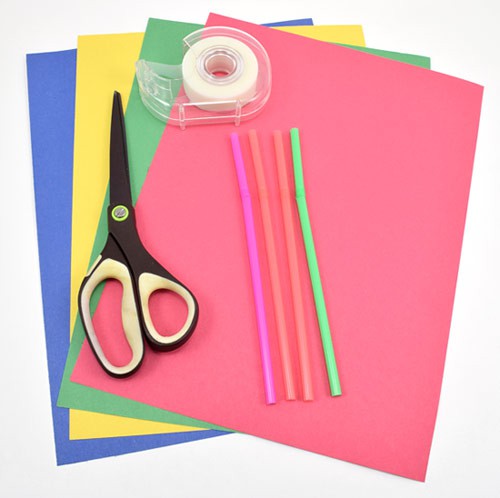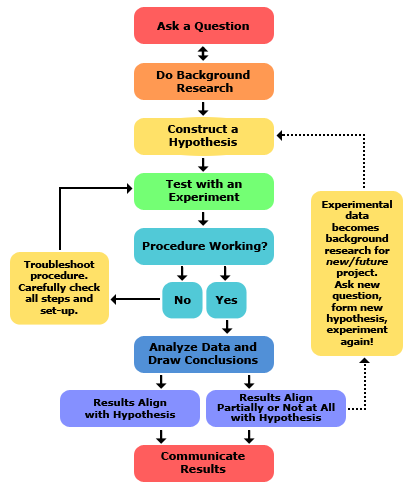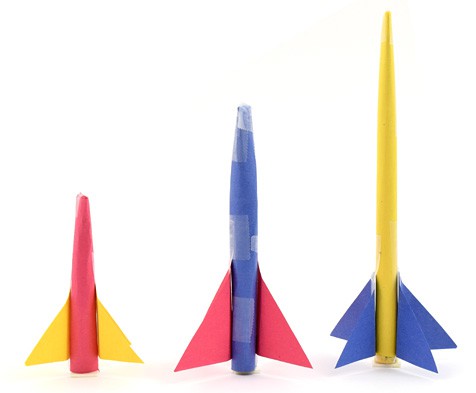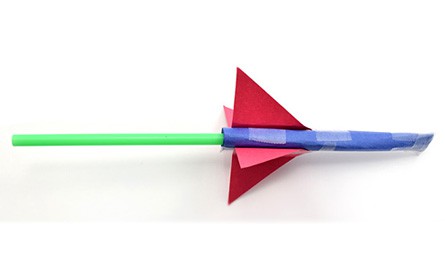Summary
Overview
This lesson will introduce your students to the scientific method using a fun, hands-on activity. A middle school version of this lesson plan is also available.
Learning Objectives
- Do background research and make a hypothesis
- Do an experiment to test the hypothesis
- Draw conclusions from the results of the experiment
NGSS Alignment
This lesson helps students prepare for these Next Generation Science Standards Performance Expectations:- 3-5—Science Practices.
|
Science & Engineering Practices
Asking Questions.
Developing and Using Models. Planning and Carrying Out Investigations. Analyzing and Interpreting Data. Using Mathematical and Computational Thinking. Constructing Explanations. Engaging in Argument from Evidence. Obtaining, Evaluating, and Communicating Information. |
Disciplinary Core Ideas
The Disciplinary Core Ideas that apply to this project, if any, will depend on how students choose to focus their investigation.
|
Crosscutting Concepts
Patterns. Patterns can be used as evidence to support an explanation.
Cause and Effect. Cause and effect relationships are routinely identified, tested, and used to explain change. |
Materials
 Image Credit: Ben Finio, Science Buddies / Science Buddies
Image Credit: Ben Finio, Science Buddies / Science Buddies
- Paper
- Scissors
- Tape
- Drinking straws
- Tape measure
Background Information for Teachers
This section contains a quick review for teachers of the science and concepts covered in this lesson.This lesson is designed to guide your students through the steps of the scientific method (Figure 1) using a fun, hands-on project: paper rockets. You can read about the scientific method in much more detail in this guide.
 Image Credit: created by Amy Cowen for Science Buddies / Science Buddies
Image Credit: created by Amy Cowen for Science Buddies / Science BuddiesThe scientific method starts with a question, then background research is conducted to try to answer that question. If you want to find evidence for an answer or an answer itself then you construct a hypothesis and test that hypothesis in an experiment. If the experiment works and the data is analyzed you can either prove or disprove your hypothesis. If your hypothesis is disproved, then you can go back with the new information gained and create a new hypothesis to start the scientific process over again.
Figure 1. Steps of the scientific method.
Your students will build small rockets out of paper and tape. While your students will do their own background research about rockets, it will help if you know a little about them before you start the lesson. The rockets are propelled forward by a puff of air from a straw. This force is called thrust. While in flight, they are slowed down by air resistance, or drag, and pulled down toward Earth by their weight.
Unlike the wings on a paper airplane, the small fins on the rocket do not generate very much lift, or upward force. Instead, the fins keep the rocket stable, helping it fly straight without flipping over or tumbling. Factors like the length and width of the rocket, and the size, shape, and location of the fins, can all affect how far it flies. Your students can use these factors to do a simple experiment by, for example, building rockets with three different lengths (Figure 2) and measuring how far they go.
 Image Credit: Ben Finio, Science Buddies / Science Buddies
Image Credit: Ben Finio, Science Buddies / Science Buddies
Figure 2. Paper rockets with three different lengths.





